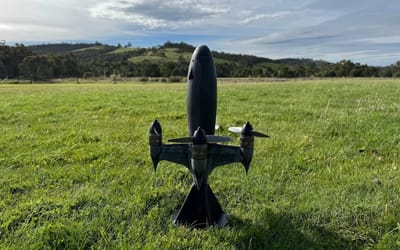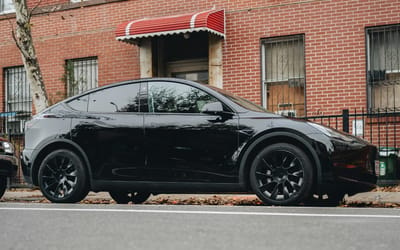BMW has only ever made one supercar, this is what happened to it
Published on Jul 30, 2025 at 9:46 AM (UTC+4)
by Callum Tokody
Last updated on Aug 12, 2025 at 5:48 PM (UTC+4)
Edited by
Kate Bain
The only BMW supercar ever made, known as the BMW M1, came from a Lamborghini partnership that didn’t last and a racing team looking to make its mark.
The M1 launched in 1978 with a mid-engine layout, fiberglass body, and a 3.5-liter inline-six behind the seats.
Production ended in 1981 after just 453 units.
The process involved supplier changes, regulatory issues, and a racing series BMW created on its own.
VISIT SBX CARS – View live supercar auctions powered by Supercar Blondie
A shaky start for the BMW supercar venture
BMW launched its M Division in 1972 with the goal of building competitive race cars.
After modifying production models like the 3.0 CSL, the team wanted to create a dedicated platform.
The idea was to build a Group 5 racer and produce enough road-going versions to meet homologation rules.
To move quickly, BMW entered a Lamborghini partnership that gave the Italian firm responsibility for engineering and early builds.
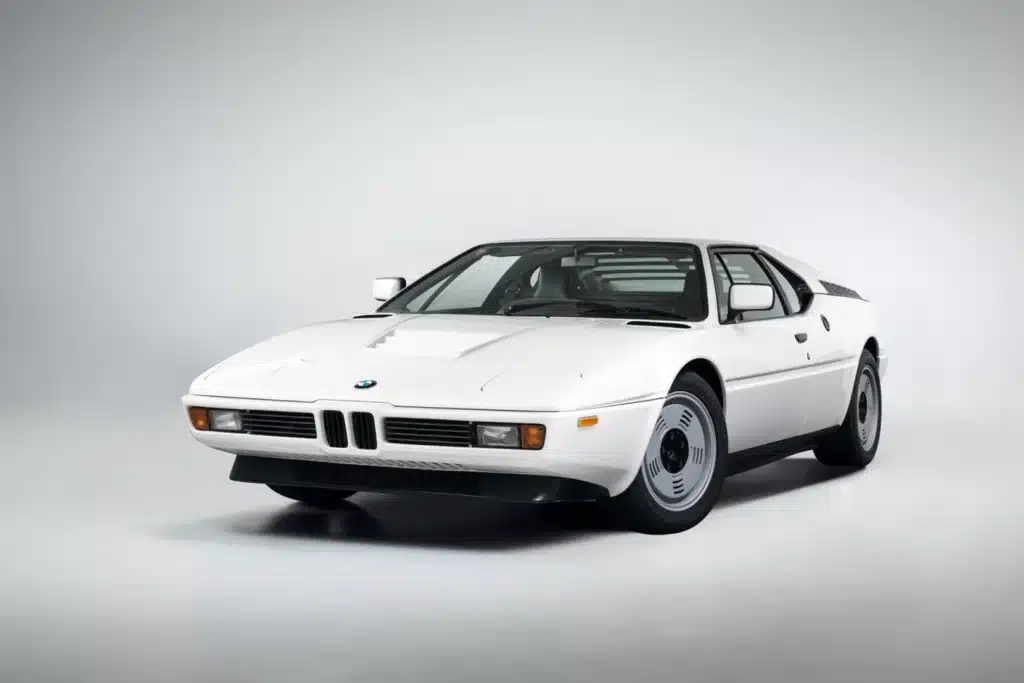
At the time, Lamborghini was under new ownership and struggling financially.
The agreement covered chassis development, prototype construction, and limited production.
Italdesign handled the body, drawing from BMW’s earlier Turbo concept.
When Lamborghini failed to meet delivery timelines, BMW cancelled the deal and restructured the project.
Chassis work was transferred to Marchesi, a supplier in Modena.
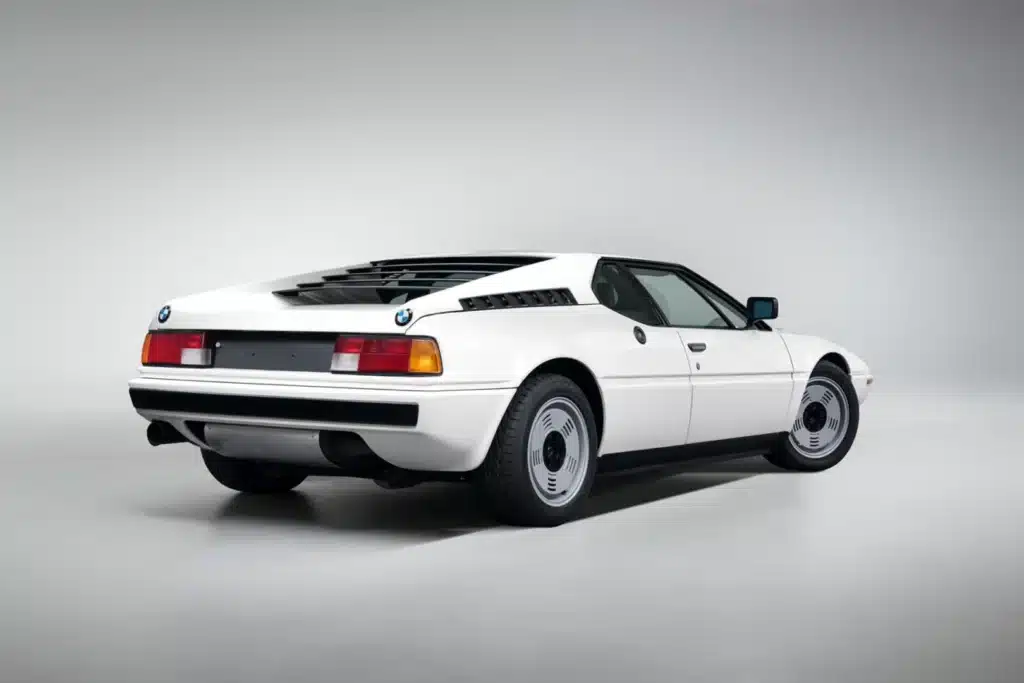
Italdesign continued with body and interior production, while final assembly moved to German firm Baur.
BMW needed 400 cars to meet racing requirements. Between 1978 and 1981, it built 453.
The BMW M1 used a 3.5-liter inline-six called the M88.
It produced 273 horsepower and paired with a five-speed manual gearbox.
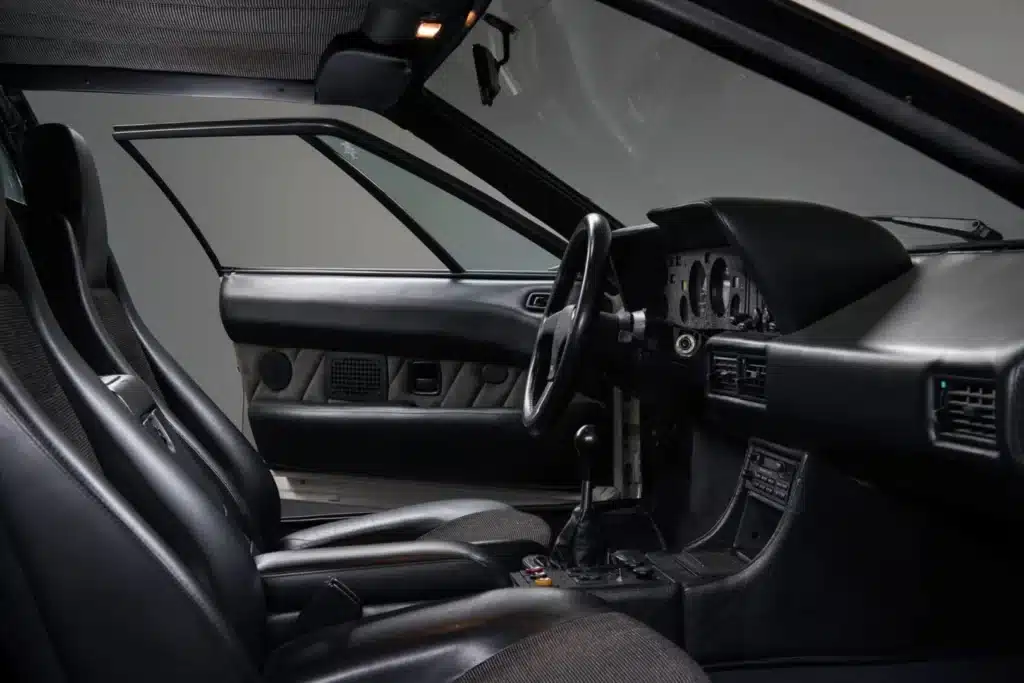
The car was rear-wheel drive and weighed under 3,000 pounds. Top speed was 164 miles per hour, with a 0 to 60 time of 5.6 seconds.
Although designed for Group 5, the BMW supercar never raced in that class.
Rule changes came before the car was ready. Instead, BMW created the Procar Championship, which ran as a support series for Formula 1.
The identical M1s were driven by F1 names including Niki Lauda and Nelson Piquet. A few examples also appeared in endurance racing, including Le Mans and IMSA.
Why BMW never followed it up
Since the M1, BMW has explored building another BMW supercar but none have made it to production.
The Nazca M12 and C2 were concepts revealed in the early 1990s.
Both were designed by Italdesign and powered by BMW V12s.
Alpina was approached about taking over production of the Nazca or reviving the M1, but costs were too high.
In 2019, BMW showed the Vision M Next. It was based on the i8’s carbon-fiber structure and added a more powerful plug-in hybrid setup.
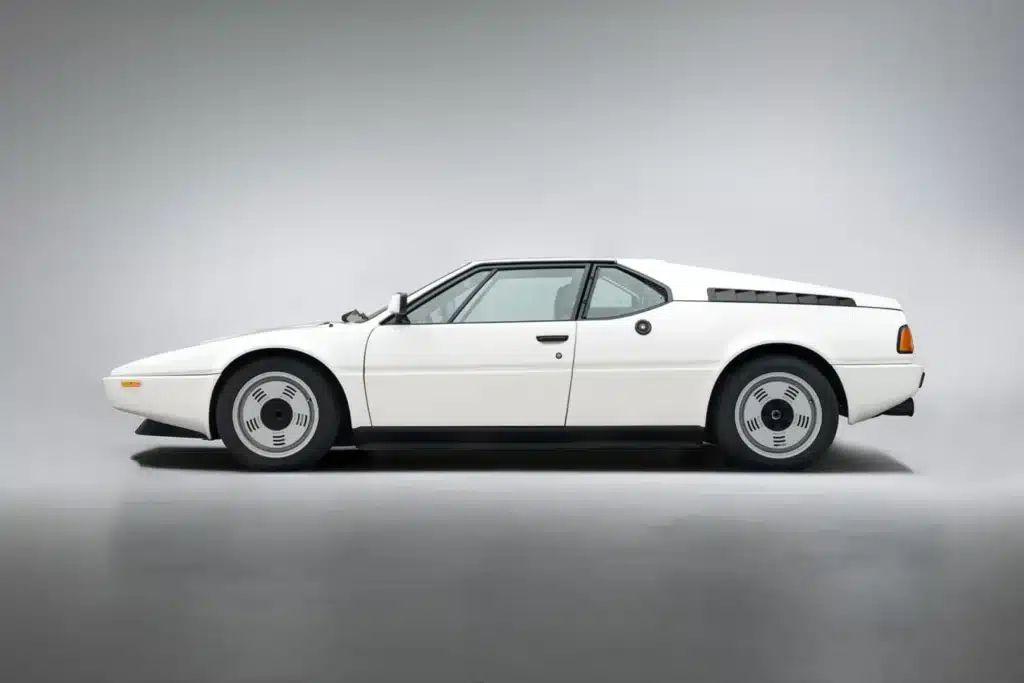
Internally called the i16, the project remained under evaluation until it was cancelled.
In 2024, BMW designer Domagoj Dukec confirmed the concept came close to approval but was shelved due to budget concerns and market uncertainty.
As of 2025, the BMW M1 remains the brand’s only BMW supercar.
It was the first standalone project from the M Division and the product of a Lamborghini partnership that quickly fell apart.
Despite the delays and detours, it left a lasting impression that BMW has yet to match with a successor.
DISCOVER SBX CARS: The global premium car auction platform powered by Supercar Blondie
Callum Tokody is a content writer at Supercar Blondie, where he covers the latest in the automotive world with a focus on design and performance. With a background in automotive journalism, he has contributed to a range of publications in Australia and the UK. In addition to his writing, Callum also heads up PR and communications, helping to build and strengthen partnerships within the industry. Outside of work, he’s a design enthusiast with a soft spot for anything with a V8 and a good story.
